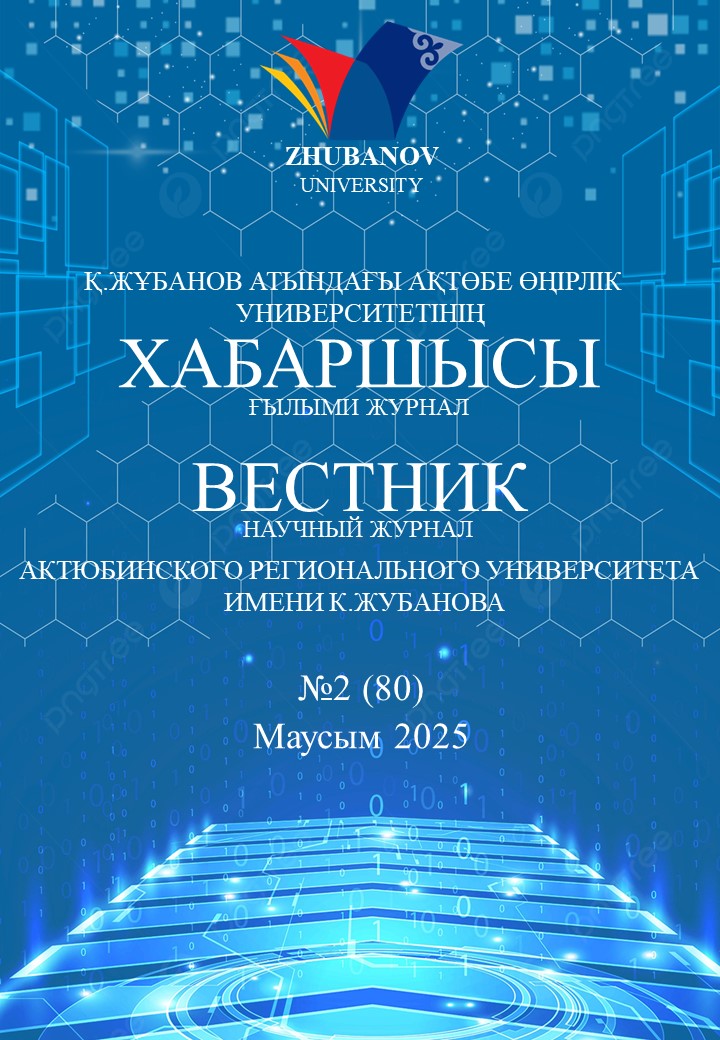В результате исследования разработано мобильное приложение «Surdkorzh», способное распознавать жесты и переводить их в текстовую или аудиоформу. Это приложение реализовано на платформе Android с использованием передовых технологий машинного обучения и алгоритмов распознавания жестов. Проведены эксперименты и исследования, направленные на оценку эффективности приложения и его способности правильно распознавать движения различных пользователей
Реализация проекта имеет большое практическое значение. Позволяет людям с нарушениями слуха использовать мобильные устройства на базе Android в качестве средства связи, что упрощает их повседневную жизнь и увеличивает их шансы на общение с окружающими. Рассматриваются возможности дальнейшего развития и улучшения приложения, такие как расширение словарного запаса вдовства, оптимизация алгоритмов распознавания и внедрение дополнительных функций, таких как синтез речи для перевода вдовства звука.
Тема актуальна и современна, имеет определенный коммерческий потенциал. Разработанный программный продукт предоставляет пользователям удобный и простой сервис для управления списком задач, доступных в формате веб-приложения.
В ходе работы были рассмотрены следующие вопросы: изучение основных этапов разработки приложений, обзор инструментов разработки приложений для мобильных устройств и обоснование выбора инструментов проектирования, моделирование системы и разработка приложений для ОС Android.
БИГАЛИЕВА А.З.
PhD, и.о. доцента, Карагандинский технический университет имени Абылкаса Сагинова, г. Караганда, Казахстан
E-mail: bigalievaalfija@gmail.com, https://orcid.org/0000-0002-0136-5402
ТӨЛЕУҒАЛИ Н.
ассистент, Карагандинский технический университет имени Абылкаса Сагинова, г. Караганда, Казахстан
E-mail: toleugaly@gmail.com, https://orcid.org/0009-0004-4099-8220
- Felzenszwalb P. F., & Huttenlocher D. P. (2004). Efficient graph-based image segmentation. International Journal of Computer Vision, 59(2), 167-181. DOI: https://doi.org/10.1023/B:VISI.0000022288.19776.77
- Welch G., & Bishop G. (1995). An introduction to the Kalman filter. University of North Carolina at Chapel Hill.
- Doucet A., de Freitas N., & Gordon N. (2001). An introduction to sequential Monte Carlo methods. Springer. DOI: https://doi.org/10.1007/978-1-4757-3437-9
- Szeliski R. (2010). Computer vision: algorithms and applications. Springer Science & Business Media. DOI: https://doi.org/10.1007/978-1-84882-935-0
- Boykov Y., & Jolly M. P. (2001). Interactive graph cuts for optimal boundary & region segmentation of objects in ND images. Proceedings Eighth IEEE International Conference on Computer Vision. ICCV 2001, 105-112 DOI: https://doi.org/10.1109/ICCV.2001.937505
- Abbas Q., Ibrahim M., Jaffar A. Video scene analysis: an overview and challenges on deep learning algorithms // Multimedia Tools and Applications, 2018. – Volume 77 Issue 16, pp 20415–20453. doi.org/10.1007/s11042-017-5438-7 DOI: https://doi.org/10.1007/s11042-017-5438-7
- Ramil S., Lavrenov R., Tsoy T., Svinin M. and Magid E., Real-Time Video Server Implementation for a Mobile Robot // 11th International Conference on Developments in eSystems Engineering (DeSE), Cambridge, UK, 2018. – pp. 180-185. doi: 10.1109/DeSE.2018.00042. DOI: https://doi.org/10.1109/DeSE.2018.00042
- Rosu V., Marcu M. Real Time Adaptive Video Streaming // 2016 IEEE 12th International Conference on Intelligent Computer Communication and Processing (ICCP). Cluj-Napoca, Romania, 2016. – pp. 239-246. doi: 10.1109/ICCP.2016.7737153. DOI: https://doi.org/10.1109/ICCP.2016.7737153


